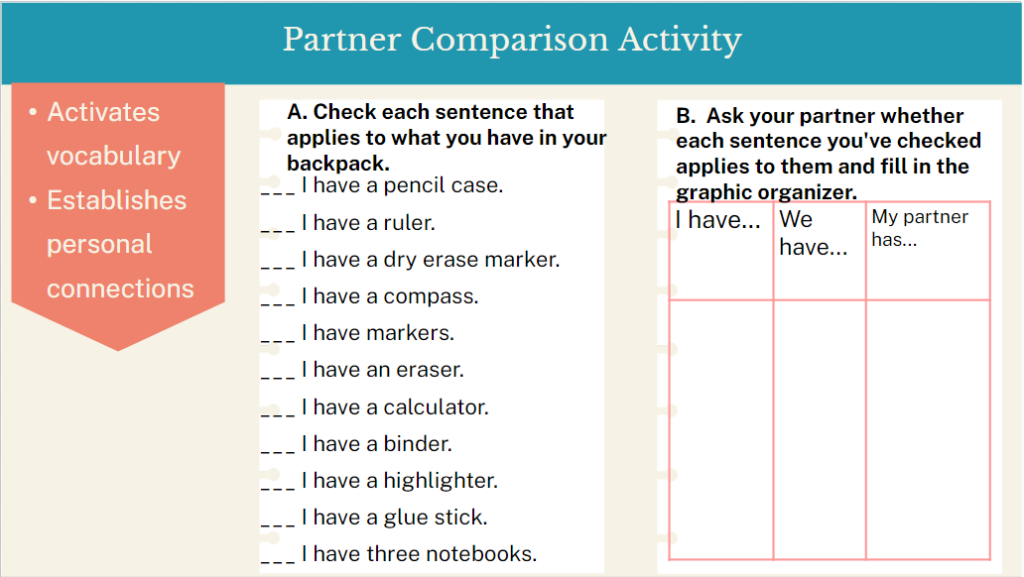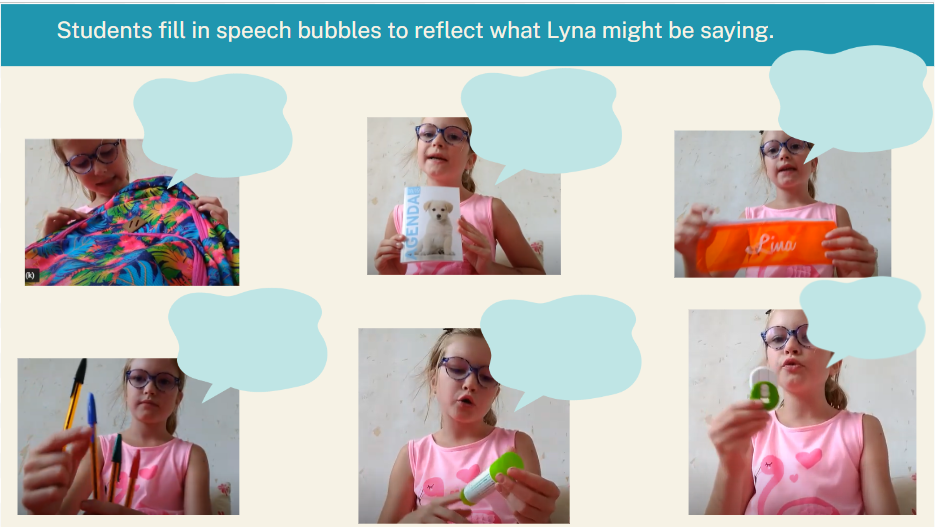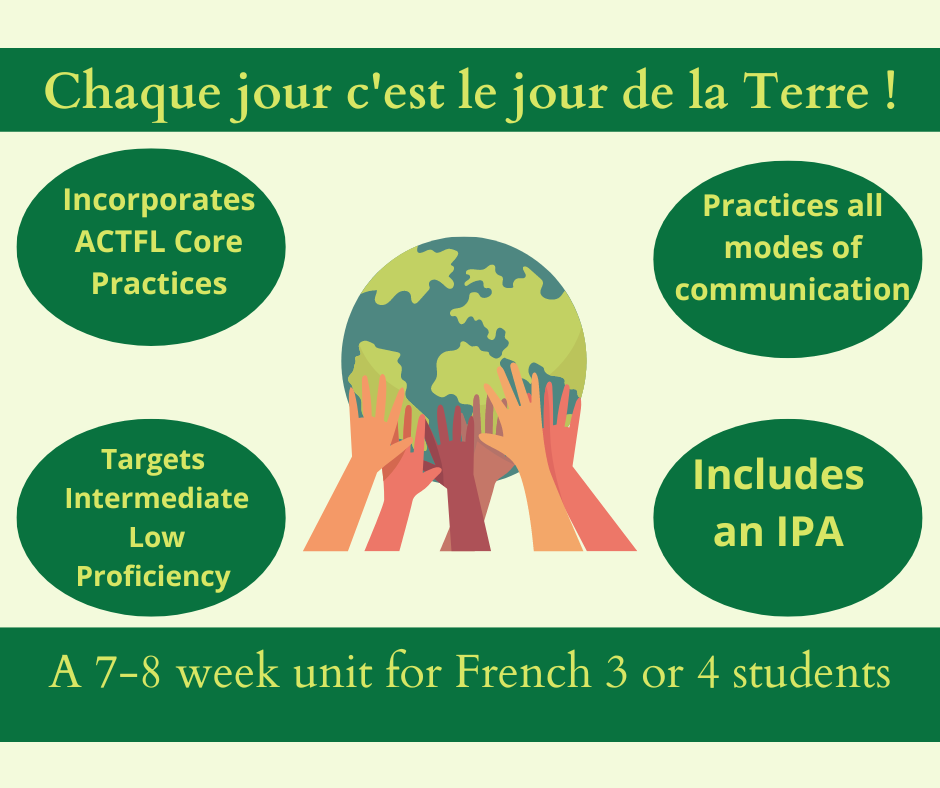
In my last post, I shared some examples of pre-listening activities for students at the Intermediate level. It is, of course, equally (or even more!) important to support Novice students by guiding them in activating background knowledge, engaging relevant vocabulary and providing reasons for listening.
Here are a few pre-listening tasks that would be a great fit for Novice Mid students before viewing a video in which a member of the target culture presents their school supplies.

Affinity Mapping For this activity each student is given 3-5 sticky notes and asked to write one French word for something in their backpack on each note. The students then pair up and pool their sticky notes. The students group similar answers together to form 2 categories and provide a name for each category. (Examples: Things that fit in a pencil case/Things that don’t fit in a pencil case, Things I write with/Things I don’t write with, etc.). The teacher can then lead a class discussion in the target language by asking each pair what categories they created and what items they included in each one. As an additional challenge, the teacher might have the students start over and create 3 categories the second time. (Note: Because of the limited vocabulary at this level, I would assign each member of the pair either the letters A – L or M – Z so that they didn’t write down the same items.)

Partner Comparison Activity. In this activity, each student checks the sentence that applies to them. (These sentences and follow up conversation would, of course, be in the target language.) Ex. If the student has a pencil case in their backpack, they check “I have a pencil case.” The student then asks a partner whether each sentence they have checked also applies to them. Ex. “Do you have a pencil case?” If their partner answers affirmatively, both partners write, “We have a pencil case.” in the middle of the diagram. If the partner answers in the negative, the partner who asked the question writes “I have a pencil case.” and the other partner writes, my partner has a pencil case.

Making Predictions. Listening activities that require students to make predictions about the text they will listen to are especially effective, as they provide the students with a reason for listening. While there are many ways to facilitate predictions, in this case I might provide screenshots from the video and have the students fill in speech bubbles to indicate what the speaker might be saying.
For a complete introductory unit for French 1 students that includes the activities above, click here.



